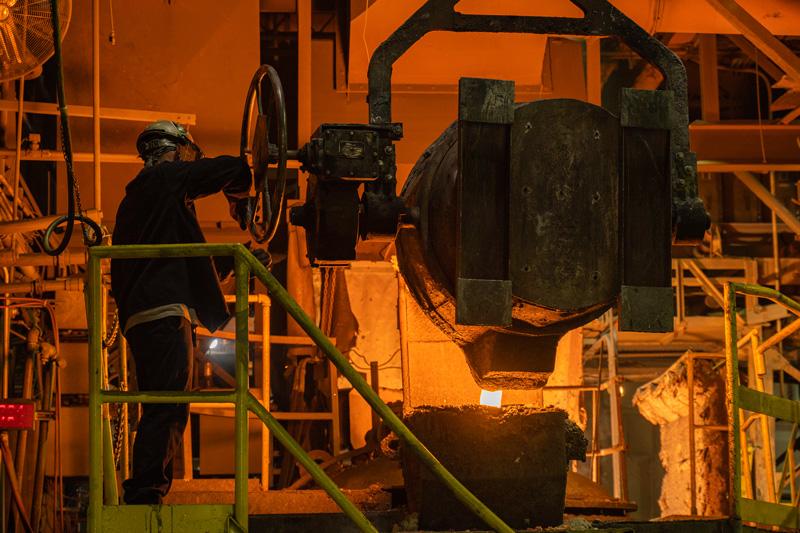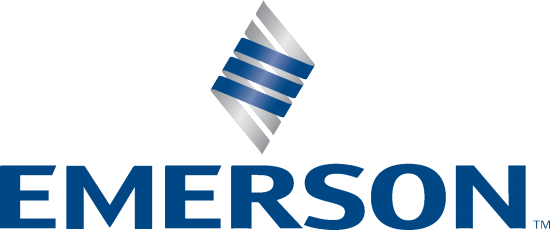When it comes to metal machine components, it's crucial to pick the right material. A component failure can be the difference between a successful operation and a failed one—or in some cases, the difference between a safe operation and a lethal one.
For many industries, ductile iron is the metal of choice for vital components. With its strength, flexibility, and wear resistance, it's a suitable material for many industrial applications. But some industries need an even tougher material—which is where austempering comes in.
What is Austempered Ductile Iron?
Austempered ductile iron (ADI) is ductile iron subjected to a specialized heat treatment process. First, it's heated to high temperatures, between 1550-1700 degrees F. After it's heated, it's placed in a molten salt bath. The constant temperature of the salt improves carbon absorption as the iron cools.
Properties of Austempered Ductile Iron
The primary benefit of ADI casting is toughness. ADI is stronger, sturdier, and more wear-resistant than ductile iron. It features a tensile strength similar to steel and yield strength that surpasses steel while being 9% lighter on average. The ADI casting process helps circumvent large temperature shocks that can lead to distortion or cracking, resulting in resilient near-net shape castings.
Common Applications of ADI CASTING
Because it's so durable, ADI casting is most frequently used in mission-critical, high-demand applications, such as in the automotive and railroad industries. There, it's used in cranks, brakes, and axles. ADI casting also works well for gears, grinding components, and other applications that undergo constant vibrations or large amounts of friction. This is due to how well it resists wear and tear.
Why Not Choose Adi casting?
While ADI casting is useful in high-stress applications, its increased durability isn't always necessary. In less critical applications, the same results can be achieved at a lower cost using standard ductile iron. In addition, ADI is extremely difficult to machine, while standard ductile iron can be continuously cast and machined easily. If you're planning to machine your casting later, it's better to use standard ductile iron.
High-quality ADI casting at Urick Ductile Solutions
Whether you're looking for ADI cast iron or traditional ductile cast iron, Urick has you covered. We've made components for a wide variety of industries, including agriculture, automotive, and railroad transportation. From our lifetime patterns and fine-grain sand molds to our rigorous in-house testing and as-needed project adjustments, we ensure that our products are made to ASTM A536 specifications every time. Contact us to request a quote for your project today.



